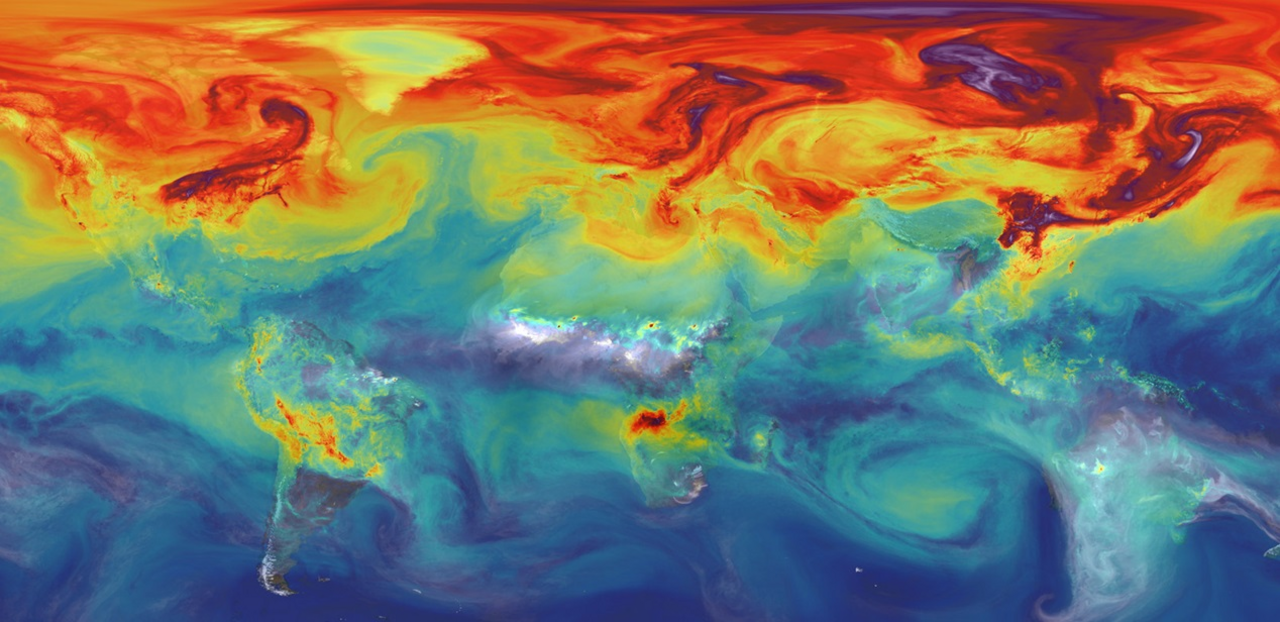Measuring the invisible – alternative sources of environmental performance data
Alex Fidgeon-Keeler, Associate (London)

Historically, environmental performance data has heavily relied upon disclosure information, which companies are not always obligated to report on. However, recent technological developments have enabled us to measure environmental performance in more advanced ways. These datasets can 1) attribute point sources of invisible greenhouse gas emissions via remote satellite technology, and 2) quantify ESG-related intellectual capital through patent filing analysis.
Alternative data can measure the unmeasurable and now it can also measure the invisible. Technological progress is improving the quality and integrity of environmental performance data. As we move beyond corporate disclosures to scientific observations, super-polluting entities no longer have anywhere to hide.
THE TCFDs WILL IMPROVE THE QUALITY OF ENVIRONMENTAL DATA, WON’T IT?
In short – yes, but not to a standard that is good enough to facilitate necessary change. The TCFDs (Task Force on Climate-related Financial Disclosures) and similar initiatives aim to improve corporate transparency and the standardization of environmental disclosures. However, even with these initiatives in place, corporate foot printing is still based on modelled estimations that only some corporations are required to report on for some metrics on an annual basis.
In our view, this simply isn’t good enough. Improving data quality hold corporations more accountable whilst providing investors with greater clarity on capital allocation. Another issue with tracking emissions data is that greenhouse gases are difficult to detect. Until very recently, this given us little choice than to base these metrics on issuer-reported information.
This is a particular problem with methane emissions, which is responsible for 25% of global warming and produces 86 times the warming power of carbon dioxide during its first 20 years in the atmosphere. In the U.S., the oil and gas industry accounts for the largest source of methane emissions – producing 13m metric tons of methane each year.
THE ALTERNATIVE DATA REVOLUTION IN ENVIRONMENTAL INTELLIGENCE – SATELLITE EMISSIONS DATA
In the last few years, space agencies across the world have been developing satellites that can attribute point sources of invisible greenhouse gas emissions at a high enough resolution. By measuring the amount of light absorbed at specific wavelengths, these satellites can detect the spectral signature of methane venting emissions.